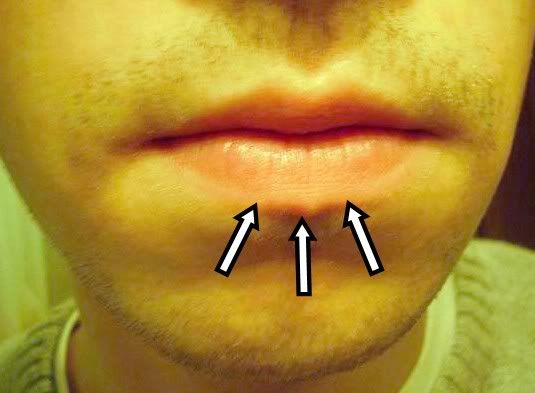Hope I haven't posted this here before.
Question: Is there a recognised lip-out embouchure for clarinet?
Background: My son's been playing for about 6 or 7 years now. In the last couple of years he's had many problems with the skin of his lower lip where it presses on the reed. It's not on the part of his lip that seals to the top lip, but just below that. Net result is that playing can be painful and he needs to stop playing for extended periods.
We've tried doctors, his teacher, various lip balms/salves and also the dermatologist, but got nowhere. Have also tried searching, but got nowhere. Tried cold sore plasters, they help quite a bit, but costs money and he doesn't like the feel of them.
He says he doesn't bite, and gets no pain inside his lips. He also doesn't appear to be rubbing the lip with the mouthpiece. Reeds are (to varying degrees) sanded smooth with reed rush. And are pretty soft (2.5s on a Zinner 4 tip).
So I was wondering if changing to a lower lip out embouchure, more like a sax, would be a recognised way forward. Or if anyone's got any other ideas on how to fix the problem.
Question: Is there a recognised lip-out embouchure for clarinet?
Background: My son's been playing for about 6 or 7 years now. In the last couple of years he's had many problems with the skin of his lower lip where it presses on the reed. It's not on the part of his lip that seals to the top lip, but just below that. Net result is that playing can be painful and he needs to stop playing for extended periods.
We've tried doctors, his teacher, various lip balms/salves and also the dermatologist, but got nowhere. Have also tried searching, but got nowhere. Tried cold sore plasters, they help quite a bit, but costs money and he doesn't like the feel of them.
He says he doesn't bite, and gets no pain inside his lips. He also doesn't appear to be rubbing the lip with the mouthpiece. Reeds are (to varying degrees) sanded smooth with reed rush. And are pretty soft (2.5s on a Zinner 4 tip).
So I was wondering if changing to a lower lip out embouchure, more like a sax, would be a recognised way forward. Or if anyone's got any other ideas on how to fix the problem.

